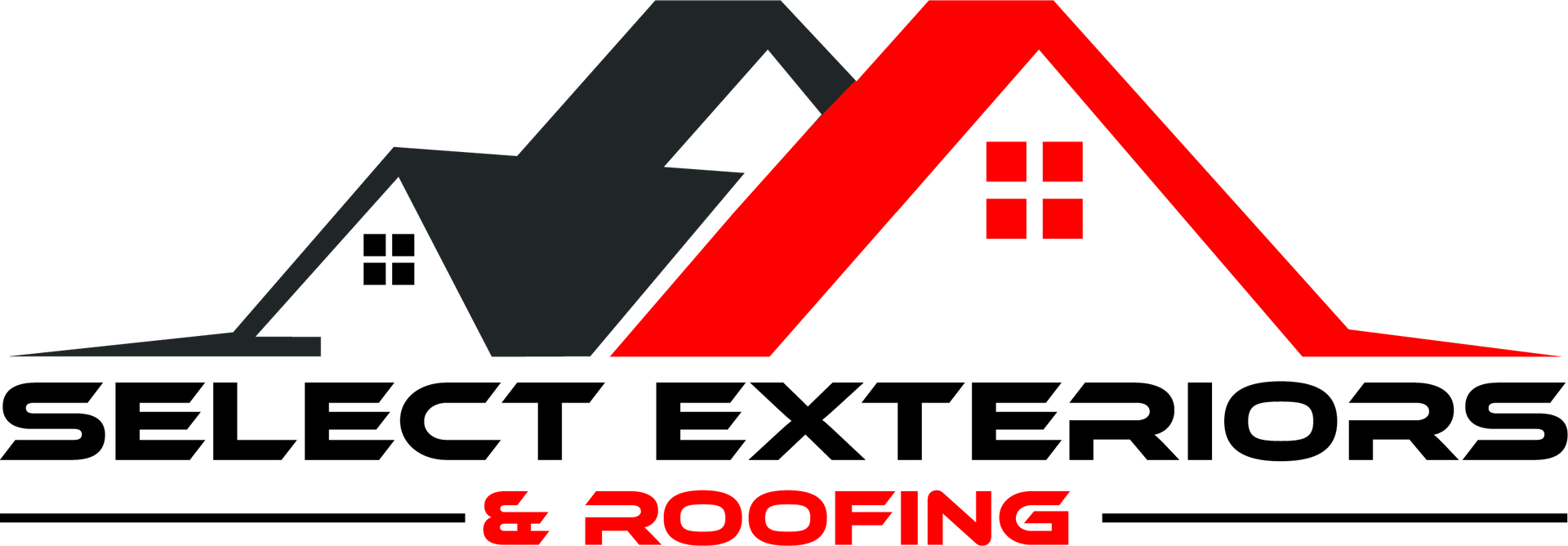Gutter Terms
Siding Terms & Components
-
Box Gutter
A concealed, rectangular-shaped gutter built into or attached to the edge of a low-slope or flat roof. Typically installed between two parallel slopes or along a parapet wall. Designed to handle larger volumes of water, offering a seamless, streamlined appearance.
-
Downspout / Leader PipeItem Link List Item 2
Also known as a waterspout or drain pipe, this vertical pipe carries rainwater from the gutter to the ground or drainage system.
-
Drop OutletItem Link
The fitting that connects the gutter to the downspout, allowing water to transition smoothly between the two.
-
ElbowItem Link
A curved downspout section that redirects water flow toward the desired discharge point.
-
End CapItem Link
Closes off the end of the gutter to prevent leaks and direct water properly to the downspout.
-
Expansion JointItem Link
A flexible fitting connecting two gutter sections, allowing them to expand and contract with temperature changes without warping or separating.
-
FasciaItem Link
A vertical or horizontal board running along the lower edge of the roofline, where gutters are attached.
-
GutterItem Link
The horizontal trough installed along the edge of the roof to collect and direct rainwater away from your home or building.
-
Gutter Flashing / Gutter ApronItem Link
Also known as a “gutter apron,” it’s an L-shaped piece of flashing installed beneath shingles at the eaves. It directs roof runoff into the gutter and prevents leaks behind it. (You can backlink “Eaves” to your roofing glossary.)
-
Gutter GuardItem Link
A protective cover—usually a metal mesh—installed over gutters to prevent leaves and debris from clogging while maintaining proper water flow.
-
Internal DrainItem Link
A drainage system built into a roof membrane that channels water through concealed pipes inside the building. Protects from flooding and structural damage.
-
Leader Head (Conductor Head)Item Link
A decorative and functional box that collects water from a scupper or box gutter before it enters the downspout.
-
Miter Joint / CornerItem Link
Angled fitting that connects two gutter sections at a corner, creating a smooth directional transition.
-
Overflow DrainItem Link
A backup drainage system that handles excess water when standard downspouts are overwhelmed—common in heavy rain or clogs.
-
Parapet DrainItem Link
An opening through parapet walls on flat or low-slope roofs that directs water away from the structure via internal piping.
-
PitchItem Link
The slope or angle of the gutter run that ensures water flows toward the downspout. Typically drops ¼ inch per 10 feet of gutter.
-
Rain ChainItem Link
A decorative and functional alternative to a traditional downspout that guides rainwater down in a cascading motion, reducing splashing.
-
RunItem Link
The total horizontal length of the gutter system from one end to another—such as from one downspout to the next.
-
ScupperItem Link
A drainage outlet that allows water to flow directly through a parapet wall or roof edge (often on flat or low-slope roofs) into a leader head or downspout.
-
SoffitItem Link
The underside of a roof overhang connecting the fascia to the home’s exterior wall. It aids in attic ventilation and gives a finished appearance.
-
Splash BlockItem Link
A sloped block placed beneath the downspout to channel water further away from the home’s foundation, preventing erosion.
Hidden Gutter Systems
-
Downspout Screen
A mesh or guard specifically designed for the downspout opening to prevent leaves and debris buildup. It functions like a gutter guard but for a more concentrated area.
-
DrywellItem Link List Item 2
An underground drainage pit filled with gravel or rock that collects water from the downspout via buried piping. It prevents pooling, erosion, and foundation damage by dispersing water safely into the soil.
-
Hidden Hanger / BracketItem Link
Hardware used to attach and support gutters from inside the trough, creating a seamless exterior look. Commonly used in hidden gutter systems for a cleaner appearance.
-
Leader BandItem Link
A durable, rust-resistant metal strap used to secure the downspout (leader pipe) firmly against the exterior wall.
-
SiliconeItem Link
A fast-drying, waterproof, and mold-resistant sealant used to repair leaks at seams, joints, and end caps.
-
Spike & FerruleItem Link
A traditional gutter attachment method. The spike is a long nail driven through the gutter and fascia, while the ferrule is a hollow sleeve that prevents the gutter from crushing when tightened.
-
Underground DrainItem Link
Also known as a French drain, this buried pipe system carries water from downspouts away from the foundation. It prevents flooding and preserves curb appeal by keeping the system out of sight.
Gutter Materials
-
Aluminum (Commercial Grade)
Lightweight, rust-resistant, and durable metal available in a wide variety of colors and profiles. A versatile option for both residential and commercial properties.
-
CopperItem Link List Item 2
A premium, long-lasting material with an elegant appearance. Naturally patinas over time, offering durability with minimal maintenance.
-
Galvanized SteelItem Link
A strong, weather-resistant material coated with zinc to prevent corrosion. Over time, the coating can wear away, making maintenance important to prevent rust.
-
VinylItem Link
An affordable, lightweight option made of PVC (polyvinyl chloride). Rust- and corrosion-resistant, best suited for mild climates.
Gutter Styles
-
Half-Round
A U-shaped, semicircular style resembling a tube cut in half. Provides a classic, smooth appearance often used on traditional or historic homes.
-
K-StyleItem Link List Item 2
The most common style of gutter, named for its side profile that resembles the letter “K.” It has a decorative look and excellent water capacity.
-
Sectional GuttersItem Link
Factory-cut gutter pieces joined together at seams to create a continuous run. Easy to install but more prone to leaks at the joints.
-
Seamless GuttersItem Link
A single, continuous piece of material custom-cut on-site for your roofline. Eliminates most seams, reducing leak potential and maintenance.
Schedule Your Free Inspection
Roofing Contractor
When to Call a Roofing Professional
Understanding these terms is a great start — but spotting roof problems early can save you thousands.
If you notice cracked shingles, leaks, or ventilation issues,
contact our Mid-Missouri team for a free, honest inspection.



